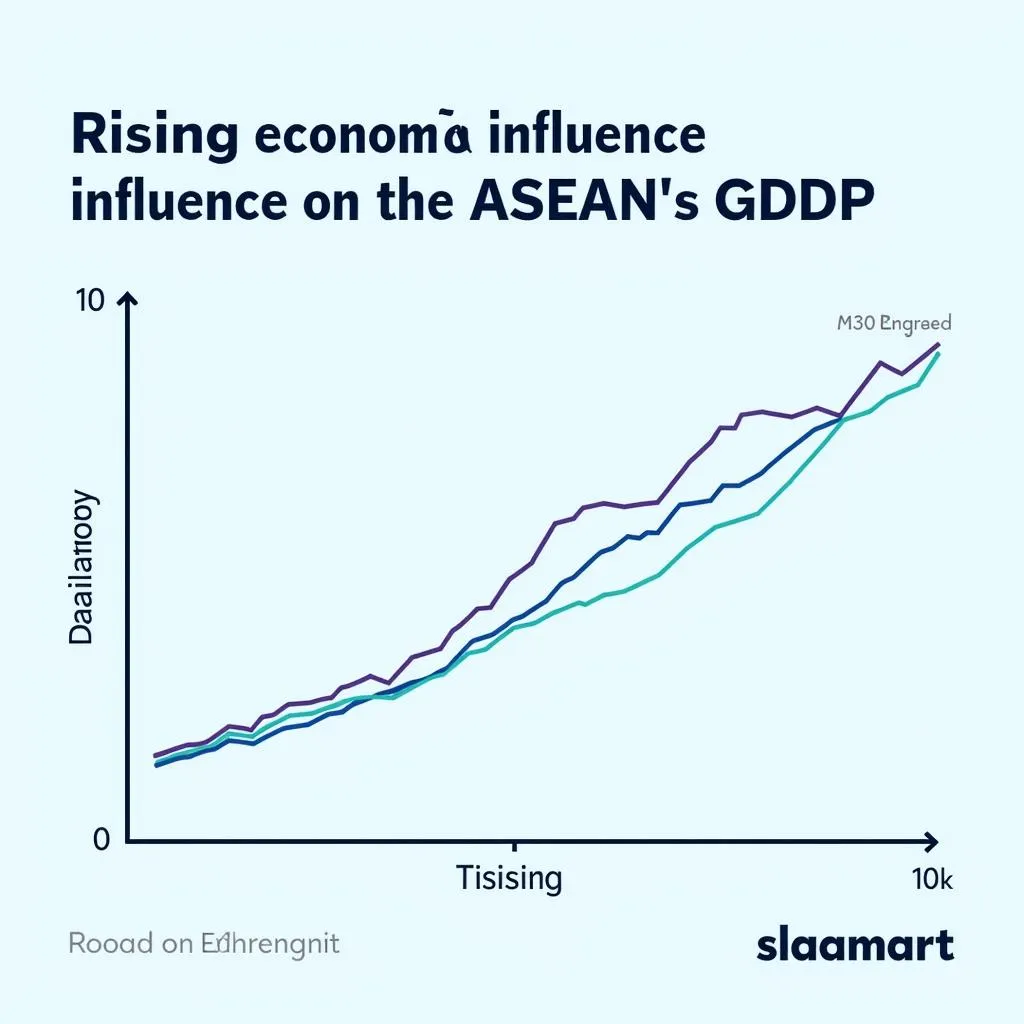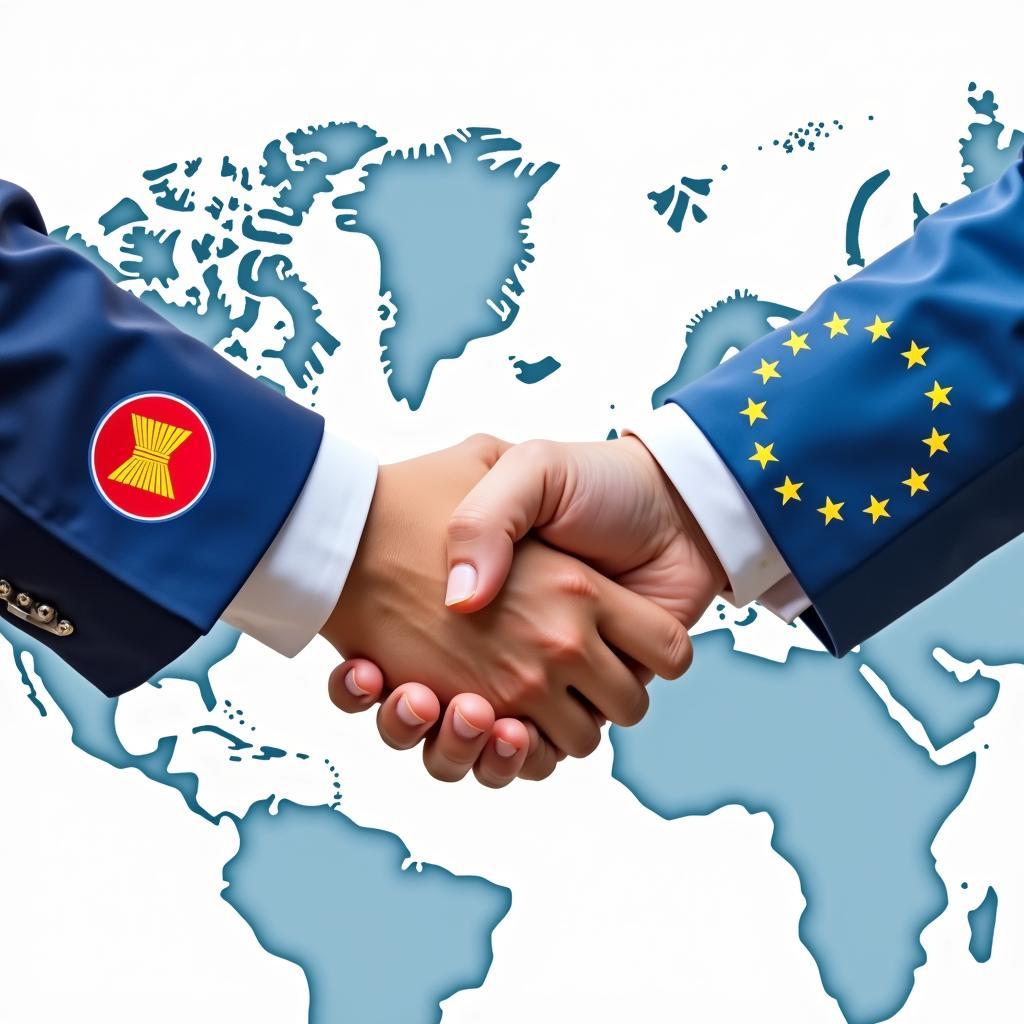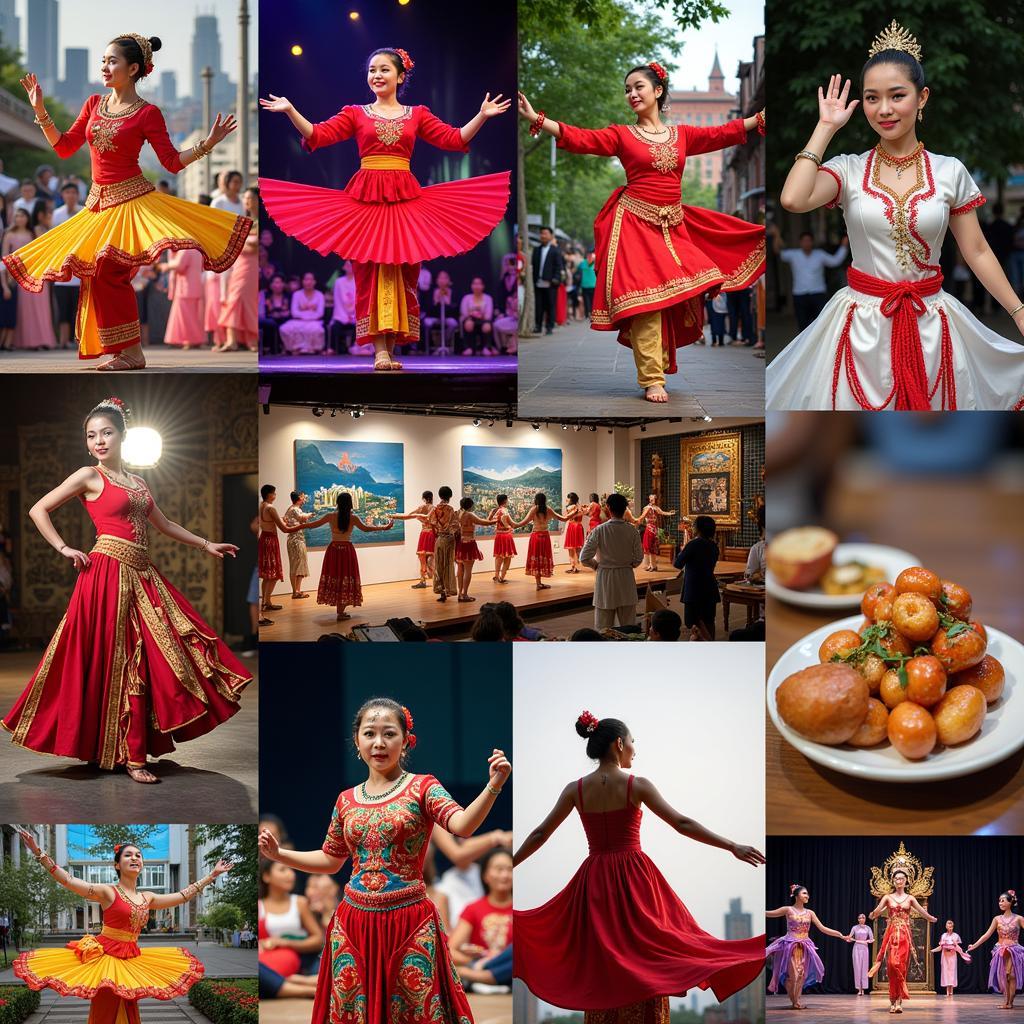The term “ASEAN world position” might seem a bit formal at first glance, but it encapsulates a crucial question: where does Southeast Asia truly stand in today’s interconnected world? We’re talking about the ten nations that make up the Association of Southeast Asian Nations (ASEAN) – Brunei, Cambodia, Indonesia, Laos, Malaysia, Myanmar, the Philippines, Singapore, Thailand, and Vietnam. These countries aren’t just geographically close; they’re bound by a shared history, diverse cultures, and a growing economic force that’s turning heads globally.
From Emerging Markets to Global Powerhouse: A Transformation in Progress
For decades, ASEAN was often categorized as a region of “emerging markets.” While that term held a sense of potential, it also carried an undertone of being on the periphery of global influence. Today, the narrative is shifting dramatically. ASEAN is no longer just emerging—it’s arriving.
Several factors underpin this transformation:
- A Young and Vibrant Population: With a median age of around 30, ASEAN boasts a demographic dividend that many Western nations envy. This young workforce is driving innovation, entrepreneurship, and rapid technological adoption.
- Strategic Location: Situated at the crossroads of major shipping lanes and with easy access to both the Indian and Pacific Oceans, ASEAN occupies a geographically strategic position in global trade.
- Rising Middle Class: The region is witnessing an unprecedented surge in its middle class, leading to increased consumer spending and attracting foreign investment.
- Strengthening Regional Cooperation: ASEAN itself plays a pivotal role. By fostering collaboration in areas like trade, security, and cultural exchange, the organization is amplifying the collective voice and influence of its member states.
 ASEAN Economic Growth
ASEAN Economic Growth
ASEAN’s Challenges: Navigating Complexity on the World Stage
However, like any region undergoing rapid transformation, ASEAN faces its share of complexities:
- Political and Economic Disparities: Development levels and political systems within ASEAN are diverse, sometimes creating challenges in reaching consensus on regional and international issues.
- Territorial Disputes: Overlapping maritime claims in the South China Sea remain a point of contention and require delicate diplomatic solutions.
- Environmental Concerns: Rapid industrialization and urbanization have put a strain on the region’s environment, demanding sustainable practices and a unified response to climate change.
 ASEAN Collaboration and Challenges
ASEAN Collaboration and Challenges
The Future of ASEAN: A Force for Collaboration in a Multipolar World
Despite these challenges, the trajectory of ASEAN remains overwhelmingly positive. The region is poised to become the world’s fourth-largest economy by 2030, further solidifying its global standing.
Critically, ASEAN nations are increasingly asserting their role as advocates for multilateralism and a rules-based international order. In a world grappling with geopolitical shifts and uncertainty, ASEAN’s commitment to dialogue and cooperation serves as a beacon of stability and a model for constructive engagement.
FAQs About ASEAN’s Global Position
1. What are the key sectors driving ASEAN’s economic growth?
ASEAN’s economy is fueled by a mix of industries, including manufacturing (particularly electronics and textiles), tourism, agriculture, and increasingly, digital services and e-commerce.
2. How does ASEAN engage with major powers like the US and China?
ASEAN maintains a policy of neutrality and seeks to engage with all major powers based on mutual respect and benefit. The organization plays a crucial role in fostering dialogue and cooperation in the Indo-Pacific region.
Need More Information?
For further inquiries regarding ASEAN, its global position, and related topics, please don’t hesitate to contact our team:
Phone Number: +84 369 020 373
Email: [email protected]
Address: Ngoc Lien Village, Hiep Hoa, Bac Giang, Vietnam
Our dedicated customer support team is available 24/7 to assist you.

